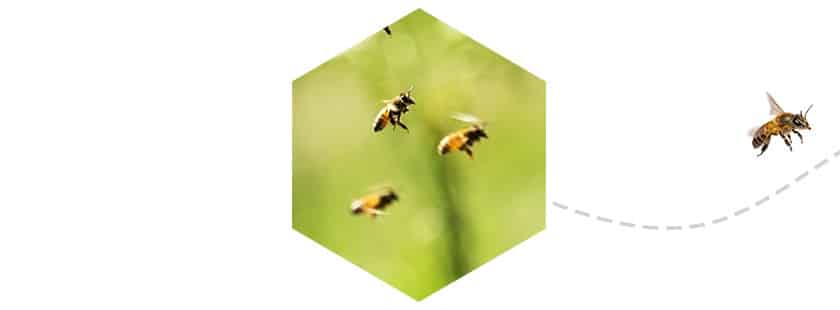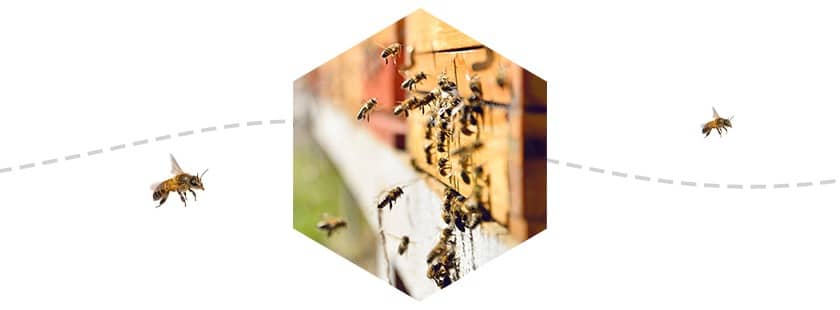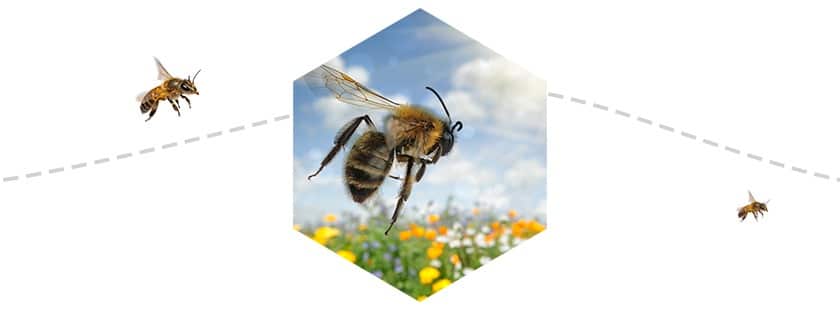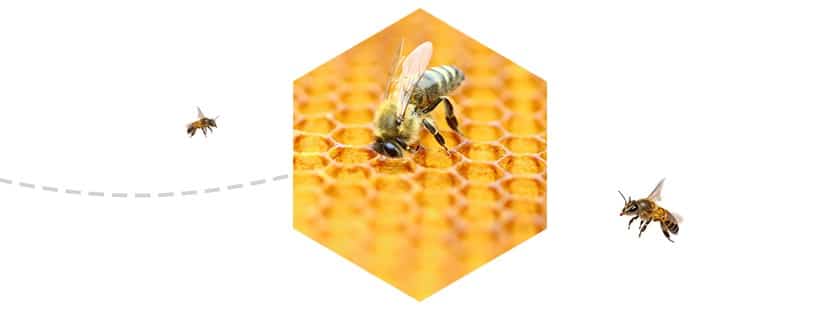How is honey made?
Can all bees make honey?
And what exactly does a beekeeper do?
an impressive collaboration
A lot can be found about the history of bees and beekeeping. For example, the Mayans in South America apparently kept bees for the Europeans for thousands of years. In ancient Egypt, honey was also popular 4500 years ago and 1500 years later, the first beekeepers appeared in China. In Europe, apiculture did not become commonplace until later, approximately during the Middle Ages.
Honey doesn’t really have an expiry date. The strongest evidence for this is the honey found in the graves of various Egyption pharaos. It was still edible after 3000 years: isn’t that amazing?
The beehive is subdivided into different compartments, also called frames. In the past there was no way to separate the honey from the bees and their brood, which caused a lot of bees to die during the harvest. Not very bee-friendly, of course, and so, in the nineteenth century, the American minister Langstroth developed a beehive with moveable frames, so that the honey can be harvested without disturbing or killing the bees.
Meli honey: carefully selected and checked
Meli imports 11,200 tons of honey to retail, food service and industry annually.
Unfortunately, the honey capacity in Belgium is too small to supply this much to Meli. That is why Meli searches for the best honey all over the world, directly from the beekeeper with respect to nature, quality, sustainability, and flavour.
What is the energy value of honey?
Honey contains sugars, fructose and glucose. With its powerful sweetness value, you need less of it you would need with sugar.
The nutritional value gauge of 100 grams of honey looks as follows:
- Energy (kJ) 1340
- Energy (kcal) 320
- Digestible carbohydrates (g) 79.3
- Of which sugars (g) 79.3
- Fats (g) 0.1
- Dietary fibre 0.7
- Natrium (g) 0.006
- Vitamins and minerals present
- Antioxidants present
How do you store honey?
Honey is a product that can crystallise. Heat your crystallised honey au bain-marie and your honey will become liquid again.
Is it okay for my baby to eat honey?
Just like raw milk, honey is not recommended for babies. Honey is not pasteurised, so it may contain traces of substances (including botulism) that are hazardous for babies. A baby’s digestive system is not fully developed yet and cannot filter the hazardous substances. We therefore advise against honey for children under the age of 1.
As a diabetic, is it okay for me to eat honey?
Diabetics must avoid sugar peaks. Because honey is a composition of natural sugars, diabetics must pay attention to quantity, just as they do for regular sugar or maple syrup. If you would like more information about this, we recommend speaking to your GP, dietitian or specialist about this.




